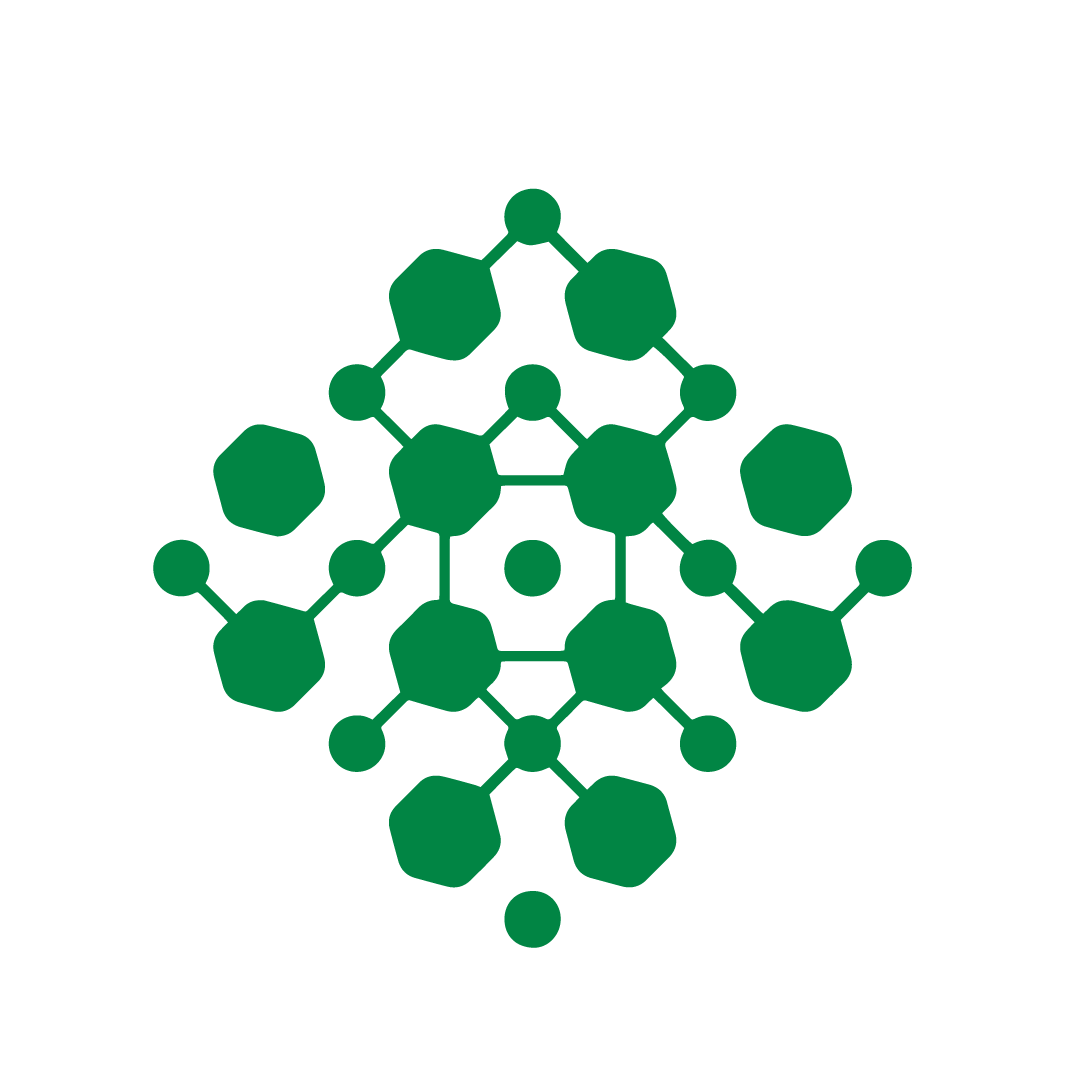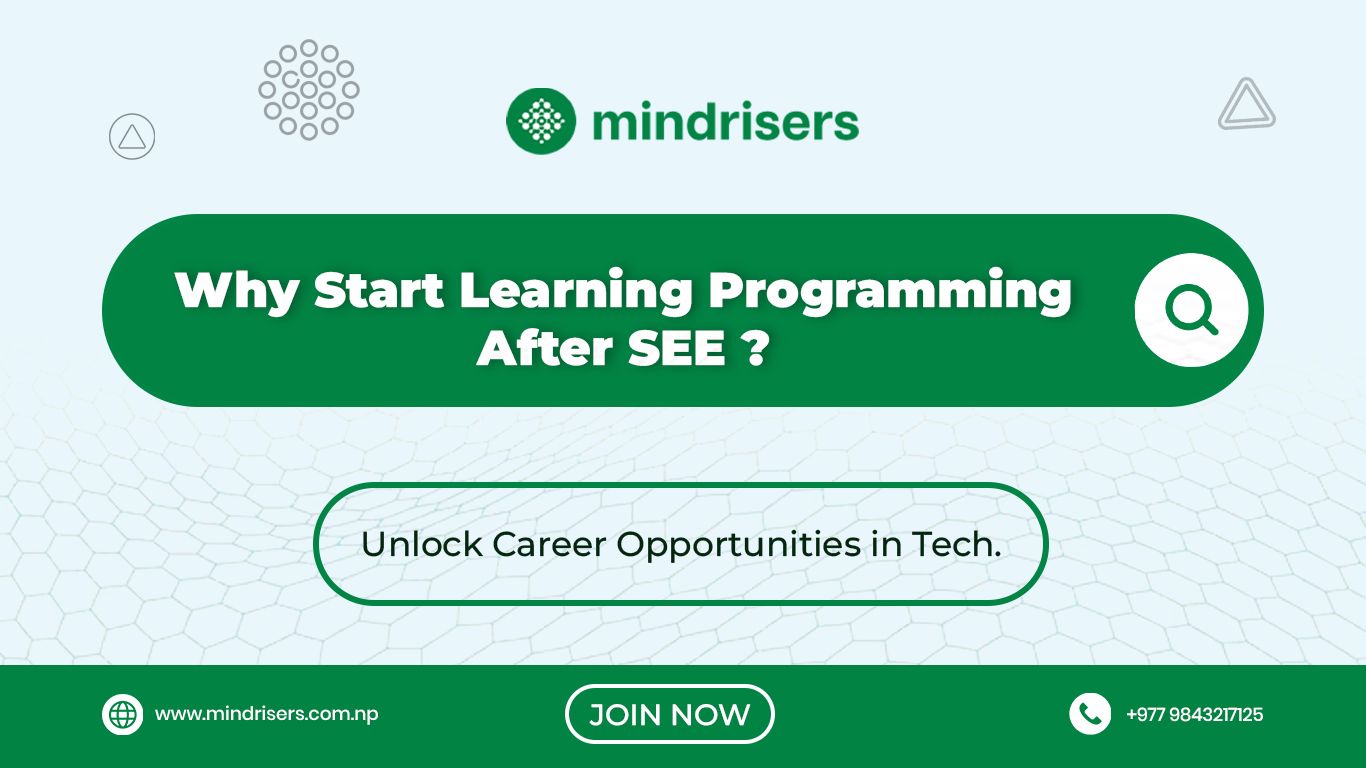
Sunil Basnet - Author
2025-05-22
After the Secondary Education Examination (SEE), many students wait until college to specialize but starting programming early offers major advantages. In today’s technology-driven world, early exposure to programming helps students build foundational skills in areas like coding and problem-solving.
By learning programming early, students are better prepared for careers in technology, especially in fields like cybersecurity and digital systems. It also supports future studies for a general certificate in tech-related disciplines, where prior programming knowledge is a big plus. Programming opens doors to roles in system design, data handling, and digital infrastructure.
It also enhances understanding of tech applications, making students more capable in both technical and strategic contexts. In short, starting programming after SEE equips students with practical skills and prepares them for success in digital careers and general certificate programs.
The Power of Early Exposure to Programming
Building Momentum After SEE
Completing SEE marks a shift toward new opportunities. Instead of waiting for college, students can dive into programming and build a strong foundation in information technology, information, and management. This early start helps align them with fast-growing fields like network security management and digital systems management.
Seizing Early Opportunities in IT
Nepal’s information technology sector is booming. Businesses are actively seeking professionals skilled in information, network security management, system management, and more. SEE graduates who begin programming now are better prepared for roles in information technology, whether it's software, data handling, or information systems management.
This readiness also supports progress toward a general certificate in information technology, network security management, or business management, all of which value early exposure to programming and information systems.
Laying a Foundation for Lifelong Learning
Programming promotes logical thinking, creativity, and adaptability skills essential in information management, digital management, and tech-driven fields like network security management. These traits also support success in earning a general certificate, especially in information technology or system management.
Starting early means more than just writing code. It’s about entering the world of information technology, network security management, and lifelong digital management skills, setting students up for strong academic and career outcomes across information, tech, and management domains.
Career Advantages of Learning Programming Early
High Demand and Attractive Salaries
Information technology offers high-paying, fast-growing careers. With programming skills, students can access roles in web and app development, along with entry-level positions in information management, digital management, and network security management. A strong base in information, information technology, and a general certificate can fast-track success in both technical and management roles.
Early Start = Early Success
Starting programming after SEE opens doors to internships, freelance gigs, and junior roles in information technology. Students gain real-world skills in information management, system management, and tech support: key assets for earning a general certificate in information technology or business management.
Pathways to Entrepreneurship
Many programmers start their own ventures whether freelance platforms, eCommerce sites, or tech startups. Early exposure to information technology empowers young learners to explore and experiment with digital products and services confidently. With a background in information management and digital management, students are better equipped to understand market needs, user experience, and scalable design.
Earning a general certificate in information technology or management further enhances their ability to launch and manage tech-based businesses. This combination of skills and credentials sets a solid foundation for success in the competitive world of digital entrepreneurship.
Exploring Practical Learning Options After SEE
Short-Term Courses for Quick Skill Building
Institutes like Mindrisers offer short-term programs tailored for SEE graduates. These typically run for about 2.5 months and cover essentials like:
- Programming fundamentals
- Web development
- Graphic design
- Digital marketing
These courses provide a hands-on introduction to information systems and digital tools, laying the groundwork for more advanced studies.
Internships for Real-World Experience
Internships are invaluable at this stage. Many IT companies in Nepal offer training-plus-internship programs exclusively for SEE graduates. These include real-world projects, mentorship, and exposure to tools used in industry settings. Internships offer the first step into workplace culture and professional management styles.
Diploma and Certification Programs
SEE graduates looking for deeper engagement can pursue longer diploma programs, which span six months to two years. These cover advanced topics in Information Technology, such as database systems, app development, or network security management.
Choosing the Right Training Institute
Why Mindrisers Stands Out
Mindrisers is among the top IT training institutes offering beginner-friendly courses for SEE graduates. Their curriculum is designed with real-world applications in mind, making it easy for students to transition into internships or job roles.
Project-Based Learning Approach
One of the institute's key strengths is its focus on project-based learning. Students work on actual projects like building websites or developing apps which allows them to apply their skills and build a portfolio.
Emphasis on Soft Skills
Besides technical skills, Mindrisers helps students develop soft skills such as teamwork, problem-solving, and communication. These traits are crucial in any professional environment, especially in team-based IT projects or roles in management.
Creating a Career-Oriented Mindset Early
Building a Personal Portfolio
During training, students are encouraged to create a personal or group portfolio. This can include:
- Websites built from scratch
- Mobile applications
- Graphic design work
- Digital marketing campaigns
Having a portfolio adds tremendous value when applying for internships, part-time roles, or even international study programs like the General Certificate in IT.
Staying Connected with the Tech World
Networking and staying informed about tech trends is essential. Students can:
- Join online coding communities
- Participate in local hackathons
- Follow global trends in AI, cybersecurity, or web development
Keeping up with technology ensures that students stay competitive and relevant.
Continuous Learning is Key
Technology never stops evolving. Learning one language or tool is just the beginning. Early learners are more adaptable to change, making it easier to transition into more advanced fields such as AI, blockchain, or network security management later on.
Popular IT Paths After SEE
Let’s take a closer look at the different learning options available after SEE for those eager to enter the IT world.
Short-Term Courses (2.5 months+)
Ideal for students looking for immediate, practical skills. These include:
- Web design
- Basic programming
- Digital marketing
- Graphic design
These help build familiarity with coding, design tools, and digital platforms.
Diploma Programs (6 months to 2 years)
Best for those aiming to build a career in IT. Courses usually cover:
- Software development
- Data structures and algorithms
- Networking
- Information systems
Graduates from these programs often find entry-level IT jobs or pursue a General Certificate in computing or networking.
Specialized Training
These are short, targeted courses focusing on trending technologies such as:
- React JS
- Next.js
- Social media marketing
- SEO and analytics
These skills are highly demanded in digital agencies and freelance markets.
Conclusion: A Future-Ready Decision
Learning programming after SEE is more than just a smart use of time-it's a transformational step toward personal and professional growth. In a country like Nepal, where Information Technology is on the rise, early starters have the upper hand. They not only gain practical experience but also build a portfolio that sets them apart in higher education and job markets.
Institutes like Mindrisers are creating pathways for students to learn through hands-on projects, mentorship, and structured learning environments. Whether it's aiming for a high-paying job, exploring entrepreneurship, or simply becoming tech-savvy, learning to code at an early stage opens a world of opportunities.
If you’ve just completed SEE and are wondering what to do next, take the leap. Start your journey into programming and technology today. The digital world is waiting and it rewards those who start early.
FAQ’s
-
Why Should I Code Right After SEE Instead of Waiting for College?
Because it gives you a head start in tech, builds core skills early, and opens career doors before college even begins.
-
Can Learning Programming After SEE Really Help Me Get a Job?
Yes! With basic skills and a portfolio, you can land internships, freelance work, or entry-level IT roles right away.
-
Is Programming After SEE Only for Future Software Engineers?
Not at all-programming benefits anyone interested in tech, business, design, cybersecurity, or entrepreneurship.
-
What’s the Best Way to Learn Programming Right After SEE?
Join short-term, project-based courses at institutes like Mindrisers to build real skills fast and start building your portfolio. -
How Does Starting Programming Early Give Me a Global Edge?
It connects you to global tech trends, helps you compete internationally, and prepares you for advanced studies or startups.
Recent Post
View All
Generative Engine Optimization (GEO) in 2025 and beyond: A Complete Beginner-Friendly Guide
2025-12-02.654 Views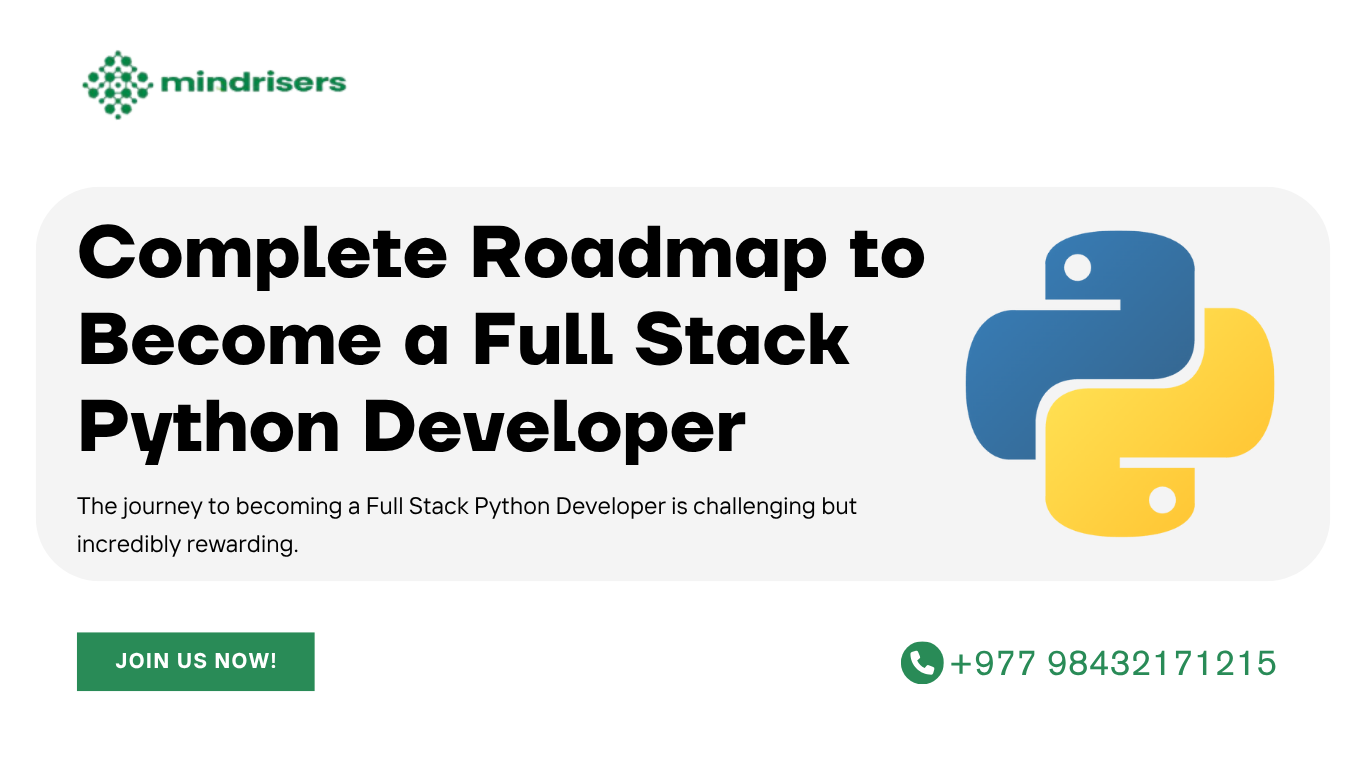
Complete Roadmap to Become a Full Stack Python Developer
2025-10-14.1031 Views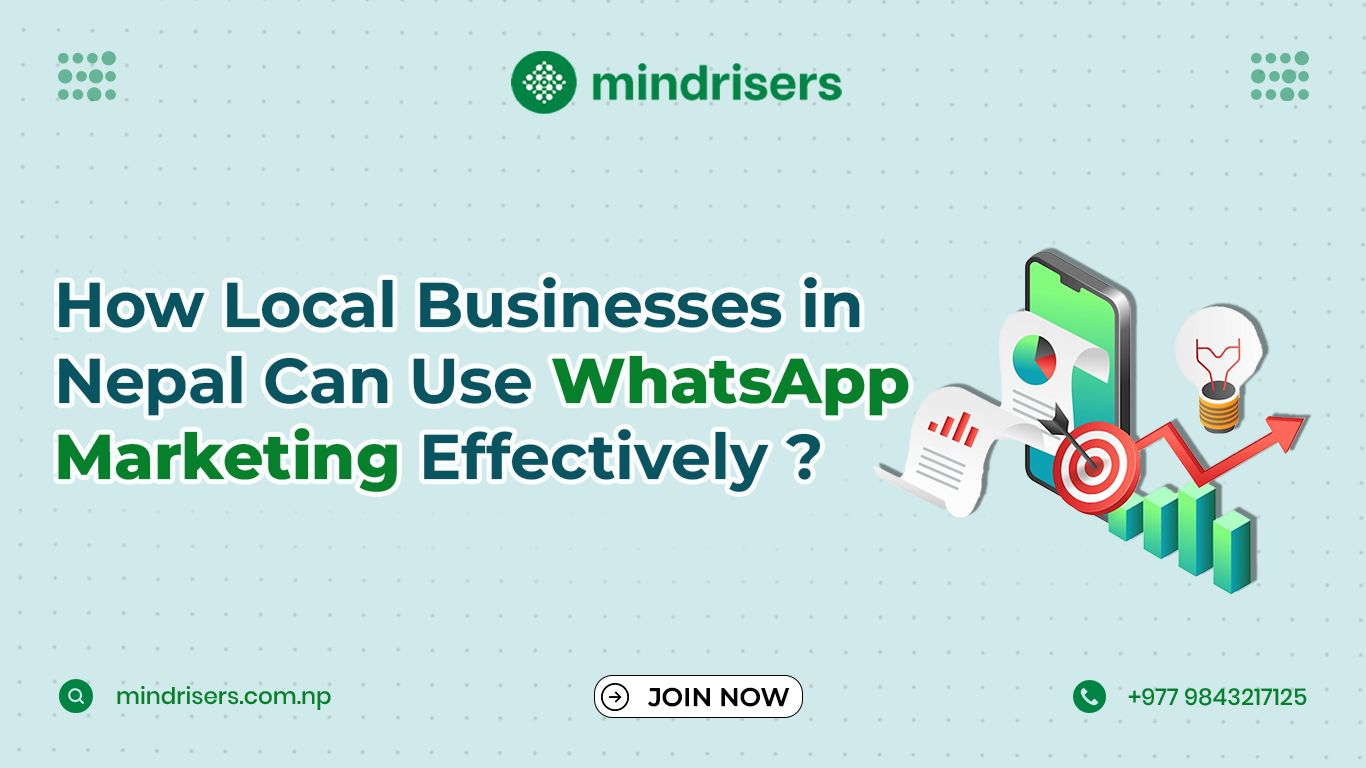
How Local Businesses in Nepal Can Use WhatsApp Marketing Effectively
2025-08-18.1652 Views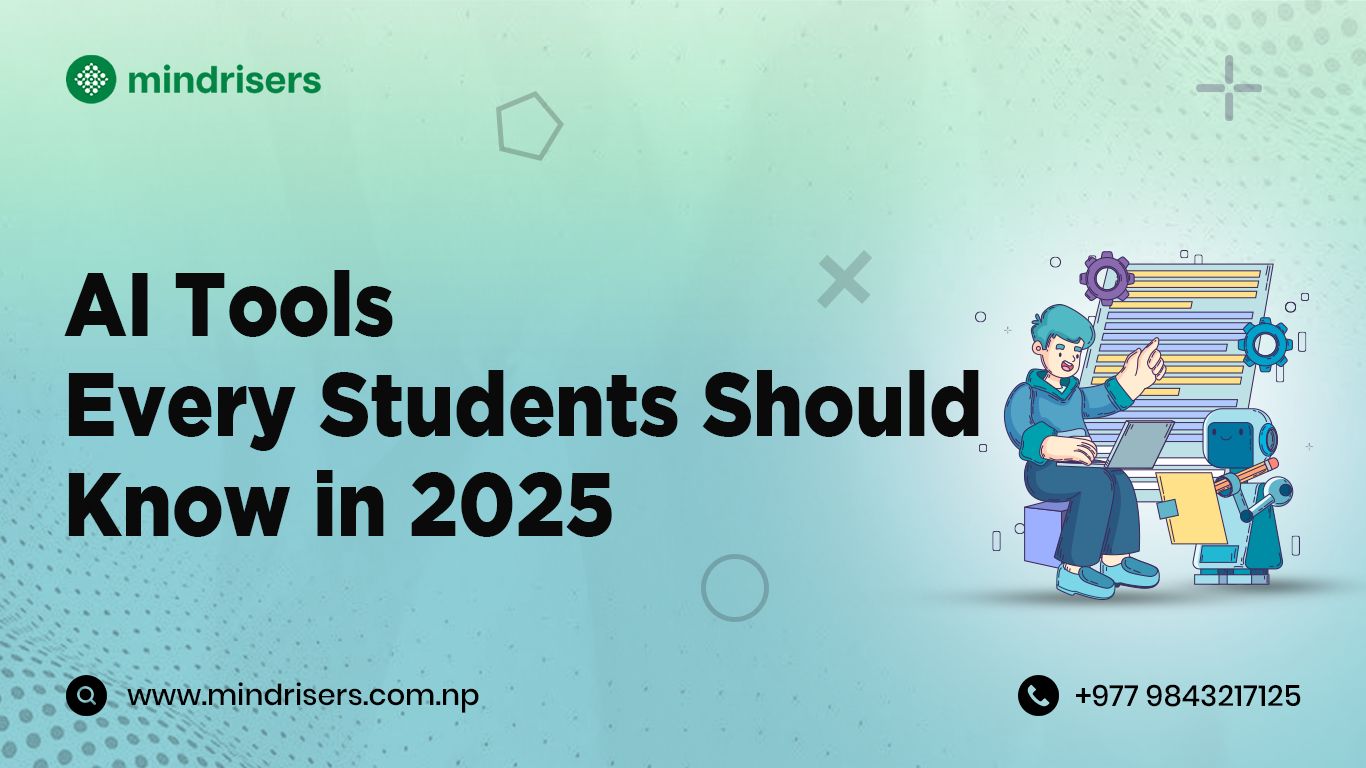
AI Tools Every Students Should Know in 2025
2025-08-18.1580 Views
Never miss an Opportunity !
Want to learn TOP 2025 IT Skills ?
We open IT skill classes Monthly in Design, Development, Deployment, Data etc.
Have something to Ask ?
get admission enquiry